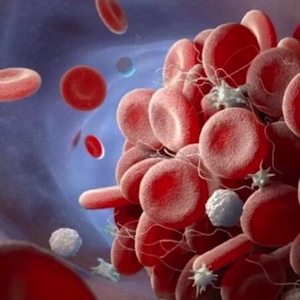Cancer-associated ischemic stroke: current knowledge and future directions

All claims expressed in this article are solely those of the authors and do not necessarily represent those of their affiliated organizations, or those of the publisher, the editors and the reviewers. Any product that may be evaluated in this article or claim that may be made by its manufacturer is not guaranteed or endorsed by the publisher.
Accepted: 4 March 2024
Authors
Because cancer is a strong prothrombotic, there is an increased risk of thromboembolism, which includes ischemic stroke, especially in the first six to twelve months following a cancer diagnosis. The risk of ischemic stroke differs according to the location and stage of cancer. Given that the risk increases prior to a cancer diagnosis, stroke may be the initial sign of occult cancer. Although data on the risk, treatment, and outcomes of cancer-associated stroke are more limited than those on cancer-associated venous thromboembolism, the condition is still recognized as a thrombotic complication of cancer. Up to 10% of ischemic stroke patients also have a concurrent cancer diagnosis, and these patients seem to have higher short-term mortality and morbidity rates. With more people expected to survive longer after cancer treatment and an increasing number of cancer survivors, the burden of stroke among cancer patients is predicted to rise. This narrative review aims to provide an overview of the pathophysiologic mechanisms, treatment options, and epidemiology of ischemic stroke, including cancer screening for those who have cryptogenic (unexplained) stroke.
How to Cite

This work is licensed under a Creative Commons Attribution-NonCommercial 4.0 International License.
PAGEPress has chosen to apply the Creative Commons Attribution NonCommercial 4.0 International License (CC BY-NC 4.0) to all manuscripts to be published.
Similar Articles
- Augusto Di Castelnuovo, Licia Iacoviello, Moving beyond p-value , Bleeding, Thrombosis and Vascular Biology: Vol. 1 No. 1 (2022)
- Giovanni de Gaetano, Da la scheggia rotta usciva insieme parole e sangue: an unusual case of bleeding and the metaphor of a clinical trial , Bleeding, Thrombosis and Vascular Biology: Vol. 3 No. 3 (2024)
- Ottavia Borghese, Claudio Vincenzoni, Commentary on “Preventive percutaneous coronary intervention versus optimal medical therapy alone for the treatment of vulnerable atherosclerotic coronary plaques (PREVENT): a multicenter, open-label, randomized controlled trial” , Bleeding, Thrombosis and Vascular Biology: Vol. 3 No. 2 (2024)
You may also start an advanced similarity search for this article.










